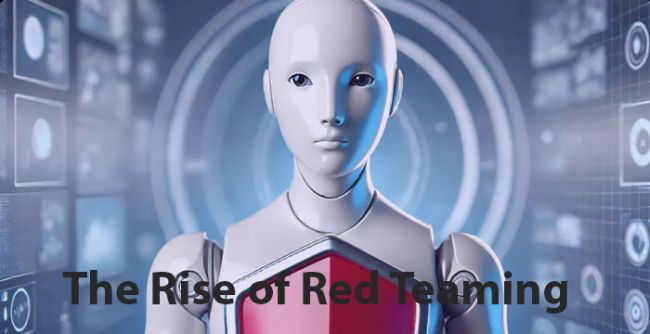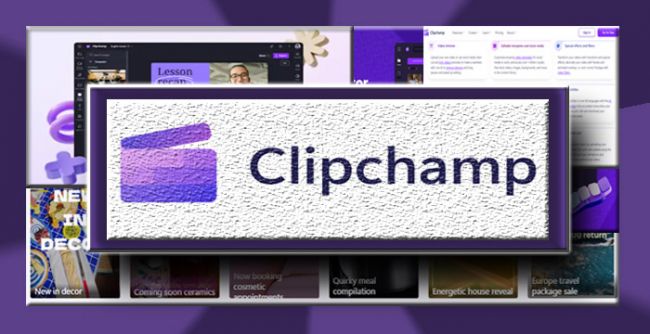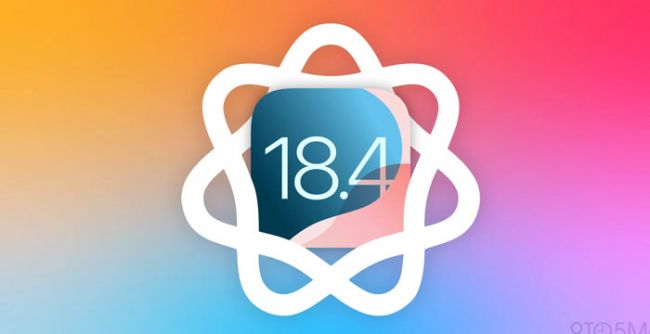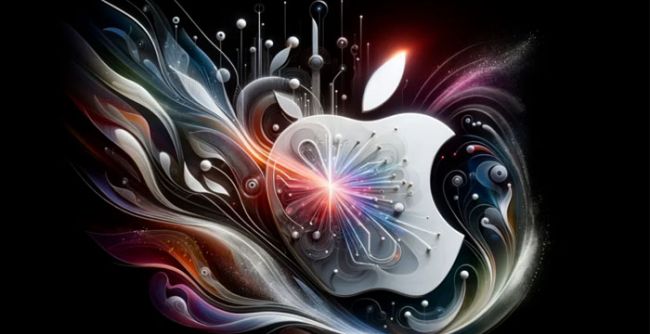In recent years, artificial intelligence (AI) has made significant strides in various industries, including the world of design. One of the areas where AI is making a remarkable impact is in logo design. Traditionally, creating a logo required skilled designers with a deep understanding of branding, color theory, and typography. Today, AI is revolutionizing this process by making logo creation faster, more efficient, and accessible to a wider range of businesses.
This article explores how AI is transforming logo design and branding, looking at its advantages, challenges, and future potential. We will delve into how AI is being used to create logos, enhance branding strategies, and what businesses need to consider when incorporating AI into their design processes.
This article was prepared by the experts at Turbologo.
What is AI-driven logo design?
AI-driven logo design refers to the use of artificial intelligence algorithms and machine learning techniques to create logos. These systems analyze large datasets of existing logos, design trends, and brand identities to generate unique, customized logos. AI tools allow users to input their preferences, such as industry, color palette, and style, and the system will generate multiple logo options based on these parameters.
The primary benefit of AI in logo design is that it allows for faster, more efficient creation of logos. AI can suggest design elements, fonts, colors, and layouts in seconds, whereas traditional design processes might take much longer. This approach is particularly useful for startups, small businesses, and individuals looking for professional-quality logos at a lower cost. Using a logo maker, businesses can easily generate unique and visually appealing logos without the need for extensive design expertise.
Advantages of using AI in logo design
AI offers a variety of benefits for businesses looking to create logos or enhance their brand identity. Here are some of the key advantages:
- Speed and efficiency: AI can generate logo concepts in a fraction of the time it would take a human designer. This makes the design process faster and more convenient, especially for companies working on tight deadlines.
- Cost-effectiveness: AI-powered logo design tools can be more affordable than hiring a professional designer. For startups or small businesses with limited budgets, AI offers a way to create high-quality logos without breaking the bank.
- Customization: AI tools allow for a high level of customization. Users can input specific preferences, such as the type of logo, preferred colors, and design styles, and the AI will generate logos based on those parameters.
- Creative inspiration: Even experienced designers can use AI as a tool for inspiration. AI can suggest design elements that a designer might not have considered, helping to broaden creative possibilities.
- Consistency: AI-powered design tools can maintain consistency across multiple logo options, ensuring that all generated designs follow the same aesthetic and branding guidelines.
How AI is transforming the branding process
AI is not just changing the way logos are designed; it is also transforming the overall branding process. From visual identity to marketing strategies, AI is streamlining branding efforts for businesses of all sizes. Here’s how:
- Brand identity development: AI tools can analyze existing brand identities and recommend logo designs that align with a brand’s values and mission. AI can also generate cohesive branding elements like color schemes, fonts, and graphics, ensuring a consistent brand image across all platforms.
- Personalization: With AI, branding efforts can be more tailored to specific target audiences. By analyzing user data and preferences, AI can help create logos and branding materials that resonate more with a brand’s customers, improving engagement and loyalty.
- Market trend analysis: AI can analyze current design trends and consumer preferences, allowing brands to stay ahead of the curve. AI can predict which design elements will be popular in the future, helping brands stay relevant and modern.
- Automating repetitive tasks: AI can handle many of the time-consuming, repetitive tasks involved in branding, such as resizing logos for different platforms or creating variations of a logo. This frees up designers to focus on more strategic aspects of branding.
AI tools for logo design: What are the options?

There are several AI-powered tools available for businesses and designers looking to create logos. These tools use algorithms to generate logos based on user input, such as company name, industry, and preferred style. Here are some popular AI logo design tools:
- Looka: Looka uses AI to create professional logo designs based on user preferences. The platform offers an intuitive interface, allowing users to customize logos, choose fonts, and adjust colors.
- Hatchful by Shopify: Hatchful is a free AI logo generator that provides various design templates tailored to specific industries. It’s particularly useful for entrepreneurs and small businesses looking for an easy, no-cost way to create a logo.
- Canva: While Canva is primarily known for its design tools, it also includes AI-powered features to help users create logos quickly. Canva’s logo maker suggests design elements based on your preferences and industry.
- Tailor Brands: Tailor Brands offers an AI-powered platform that helps businesses create logos, websites, and branding materials. The AI analyzes user input and generates logos that match the brand’s vision and target market.
- LogoMakr: LogoMakr offers a simple, user-friendly interface for designing logos. While not entirely AI-powered, the platform uses some machine learning to suggest design elements and optimize the logo creation process.
Challenges of using AI in logo design
While AI offers many advantages, it also presents certain challenges. Understanding these limitations is essential for brands looking to incorporate AI into their design process. Some challenges include:
- Lack of human creativity: AI can generate logos quickly, but it lacks the creative intuition and strategic thinking that human designers bring to the table. AI designs may lack the uniqueness and emotional connection that a human designer can achieve.
- Over-reliance on templates: Many AI tools rely on pre-existing templates, which can result in logos that look similar to other designs. Brands looking for truly unique logos may need to invest in custom design services or ensure that AI-generated logos are sufficiently customized.
- Limited understanding of brand identity: While AI can analyze data, it does not fully understand the nuances of a brand’s identity. Human designers can interpret a brand’s story, values, and vision in a way that AI cannot, leading to potential mismatches between the logo and the brand’s message.
- Quality control: AI-generated logos may require human oversight to ensure they meet quality standards. In some cases, logos may need additional refinement to ensure they are scalable, versatile, and work well across different platforms.
Q&A: Frequently asked questions about AI in logo design
Can AI create logos that are as good as human designers?
AI can create logos that are visually appealing and functional, but they may lack the emotional connection and creative depth that human designers provide. AI-generated logos are excellent for quick solutions and cost-effective designs, but custom human designs may be better for brands looking for a unique, tailored identity.
Is AI logo design suitable for every business?
AI logo design is an excellent option for startups, small businesses, and entrepreneurs who need a quick, affordable logo. However, larger companies or brands with complex identity needs may benefit more from working with a human designer who can provide a more personalized approach.
Can AI logos be customized?
Yes, most AI logo design tools allow users to customize logos by adjusting elements such as fonts, colors, and layouts. This flexibility ensures that businesses can create logos that align with their brand’s vision.
How do I choose the right AI logo design tool?
Choosing the right tool depends on your specific needs and budget. Consider factors such as ease of use, customization options, and the level of design quality you require. If you need more control over the design, choose a tool that offers more flexibility. If you're looking for something quick and cost-effective, a simpler AI tool may be sufficient.
Conclusion: The future of AI in logo design
Artificial intelligence is revolutionizing the logo design process by making it faster, more accessible, and cost-effective. While AI cannot replace the creativity and strategic thinking of human designers, it offers an excellent solution for businesses looking to create professional-quality logos quickly and affordably. As AI technology continues to evolve, it is likely that its role in branding and design will expand, making it an even more powerful tool for businesses worldwide.
Post Comment
Be the first to post comment!
Related Articles




